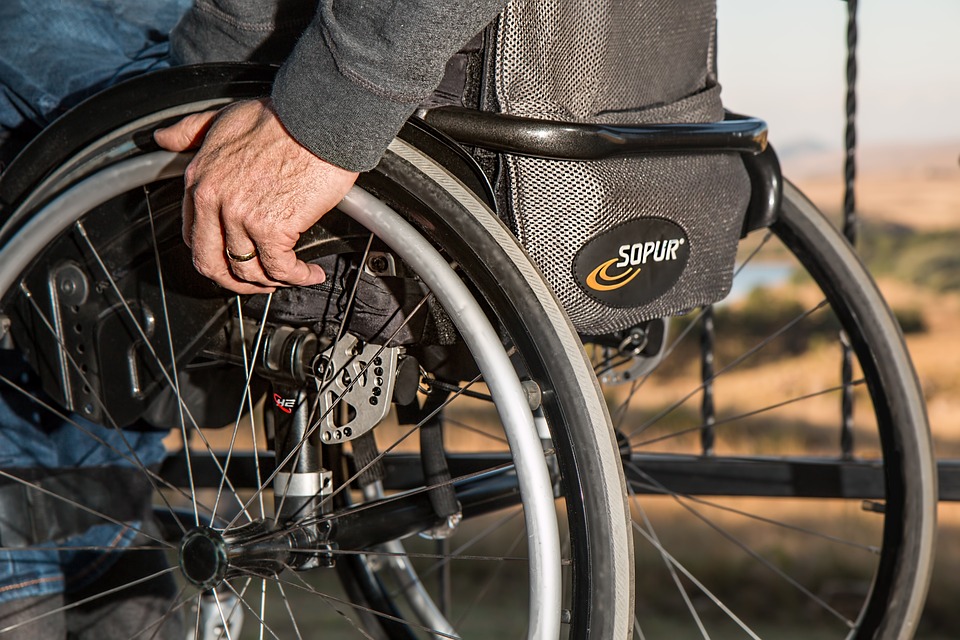Boarding an aircraft before others is a small benefit to being a disabled flyer. For years, giving me a small start to get down the jetway ahead of even the most frequent of frequent flyers has given me time to get off the little scooter I use due to my multiple sclerosis, remove its battery, and hopefully snag the attention of the flight attendant to help with carry-on luggage and the battery.
With luck, my two canes and I will be able to slowly get through the cabin door and into my seat ahead of the thundering herd. It can be a contest, however, because gate attendants often wait only a minute or two before they allow others to rush down the ramp behind me.
Is this a problem?
I just read an article by a former airline executive who thinks it might be a good idea to turn the tables and have disabled flyers board last, rather than first. In an opinion piece in The Hill, Jay Ratliff — who says he spent over 20 years in management at Northwest/Republic Airlines — says more and more people are faking disabilities and injuries, creating a serious problem. In particular, he points to a Southwest Airlines flight where 25 passengers requested wheelchair assistance to board, but far fewer requested a wheelchair when the flight arrived at its destination.
Apparently, people in the airline industry say someone who does this is being healed by a “Jetway Jesus,” suddenly regaining the ability walk again while in flight.
John Morris, who writes the Wheelchair Travel blog, believes the Jetway Jesus phenomenon is overblown. But as airlines have reduced flights and those flights have become more and more crowded, boarding has become more of a challenge. And overblown or not, Ratliff says this problem is being noticed by the people who board right behind people with disabilities — the airlines’ first-class and frequent flyers — and they’re not happy.
“When loyal customers talk, airline management feels a greater urgency to address and fix the problem,” Ratliff writes.
Is there a solution for disabled flyers?
Ratliff says that “the easiest way to immediately fix the problem is to have those requiring more time to board go last.” He adds that, “This would remove the temptation for those who are faking an injury and would mean far fewer wheelchair requests.”
Really, Mr. Ratliff?
This might work on an airline with reserved seating, or if people with a disability could be guaranteed a seat near the front of the plane, but that would be horrible on an airline that has a first-come-first-seated policy. My two canes and I would never be able to shuffle very far down the aisle. And if I had to wait until everyone else had boarded before driving the scooter to the cabin door and getting it ready for the cargo bin, I’d probably delay the departure.
What, me worry?
Fortunately, people with disabilities don’t have to worry for now — sort of.
The U.S. Department of Transportation’s Airline Passengers with Disabilities Bill of Rights mandates that airlines give a person with a disability “the opportunity to board before all other passengers.” However, there’s a loophole for those open-seating airlines. They may board someone with a disability “after an initial group of passengers have boarded, but early in the boarding process.”
If those airlines were to do that, it could be a significant problem for those of us who need that extra time. It could also be a problem for the airlines. Imagine the disruption that could be caused by a number of folks who have trouble walking trying to find seats after that “initial group of passengers” is on board.
What’s your experience been while flying? Share your thoughts by scrolling down to the comments.
(A version of this post first appeared as my column on the MS News Today website.)
(Image by Steve Buissinne from Pixabay)



